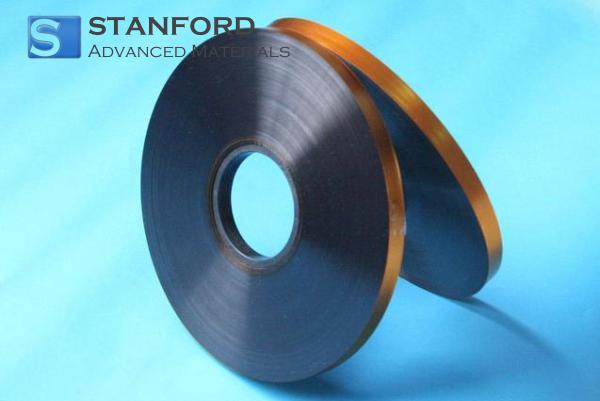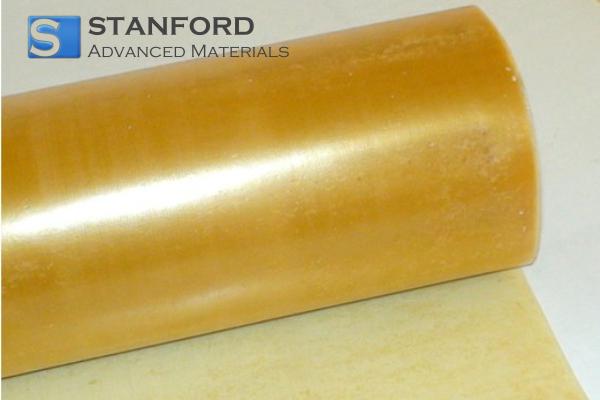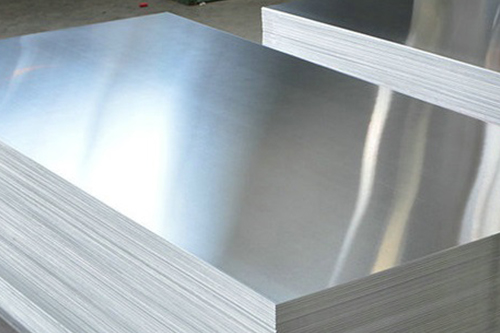ASTM E8/E8M: Test Methods For Tension Testing
Introduction
Understanding the mechanical properties of metals and alloys is critical for various engineering and manufacturing applications. The ASTM E8/E8M standard establishes standard procedures for conducting tensile tests, which are necessary for determining material behaviour under load. The ASTM E8/E8M standard provides detailed instructions for such tests.
Overview of the Standards
ASTM E8/E8M is a recognised standard developed by ASTM International, formerly known as American Society for Testing and Materials. The document outlines procedures for performing tensile tests on metallic materials and ensures consistency and accuracy in measuring properties such as tensile strength, yield strength and elongation.
Purpose of ASTM E8/E8M
The principal purpose of ASTM E8/E8M is to establish standard procedures for tensile testing. This enables engineers and manufacturers to quantitatively assess the mechanical performance of metals and alloys. The standard applies to a variety of materials, including steel, aluminium and other common technical metals.
Application and Significance
ASTM E8/E8M plays an important role in quality control, material selection and product development across multiple industries. Manufacturers adhere to these standardised procedures to verify that their materials meet the prescribed mechanical requirements, thereby contributing to products that are safe and meet regulatory standards.
Mechanical Testing of Metals and Alloys
Mechanical testing provides quantitative data on how materials respond to applied forces. In a tensile test conducted according to ASTM E8/E8M, a controlled tensile force is applied to a specimen until failure occurs. This procedure permits the evaluation of various key mechanical properties.
- Tensile Strength: The maximum stress that a material can withstand under tension before breaking.
- Yield Strength: The stress at which a material begins to deform plastically.
- Elongation: The extent to which a material can be stretched before breaking, indicating its ductility.
Principal Components of ASTM E8/E8M
|
Component |
Description |
|
Specimen Preparation |
Guidelines for the form, dimensions and surface finish of the test specimens. |
|
Testing Machine |
Requirements for the tensile testing equipment. |
|
Test Procedure |
Step-by-step instructions for performing the tensile test. |
|
Data Evaluation |
Methods for calculating and interpreting tensile test data. |
|
Test Reporting |
Standards for documenting and presenting test results. |
For further information, please visit Stanford Advanced Materials (SAM).
Frequently Asked Questions
What is ASTM E8/E8M used for?
ASTM E8/E8M is used to conduct tensile tests on metals and alloys in order to determine their mechanical properties.
Which materials can be tested using ASTM E8/E8M?
The standard applies to a broad range of metallic materials, including steel, aluminium and other common technical metals.
What are the key mechanical properties measured in ASTM E8/E8M?
The standard measures tensile strength, yield strength and elongation of the tested material.
Why is specimen preparation important in ASTM E8/E8M?
Proper specimen preparation ensures accurate and consistent test results, as the form, dimensions and surface finish are standardised.
How does ASTM E8/E8M contribute to quality control?
By providing standardised test procedures, ASTM E8/E8M assists manufacturers in verifying that their materials comply with prescribed mechanical specifications, thereby supporting the production of safe and compliant products.

 Bars
Bars
 Beads & Spheres
Beads & Spheres
 Bolts & Nuts
Bolts & Nuts
 Crucibles
Crucibles
 Discs
Discs
 Fibers & Fabrics
Fibers & Fabrics
 Films
Films
 Flake
Flake
 Foams
Foams
 Foil
Foil
 Granules
Granules
 Honeycombs
Honeycombs
 Ink
Ink
 Laminate
Laminate
 Lumps
Lumps
 Meshes
Meshes
 Metallised Film
Metallised Film
 Plate
Plate
 Powders
Powders
 Rod
Rod
 Sheets
Sheets
 Single Crystals
Single Crystals
 Sputtering Target
Sputtering Target
 Tubes
Tubes
 Washer
Washer
 Wires
Wires
 Converters & Calculators
Converters & Calculators
 Write for Us
Write for Us




 Chin Trento
Chin Trento



